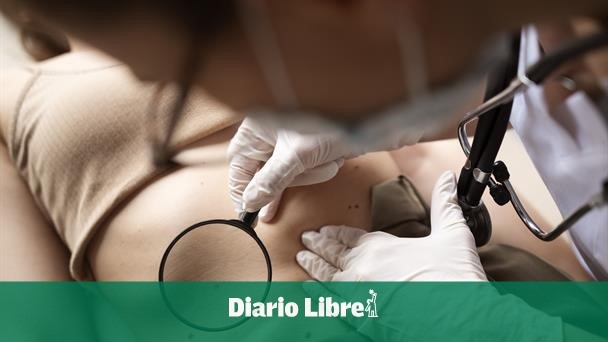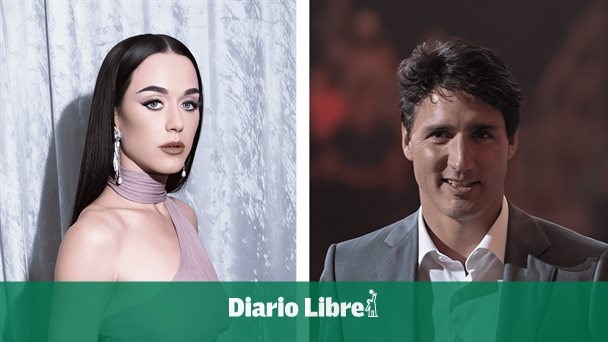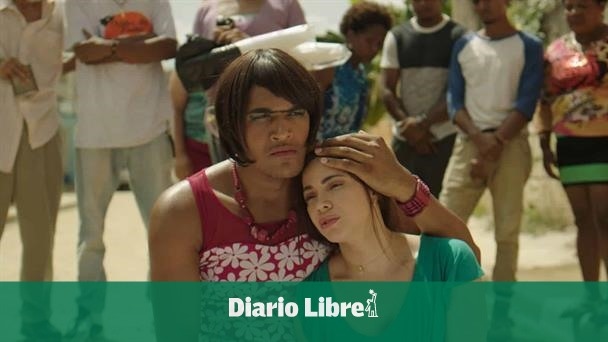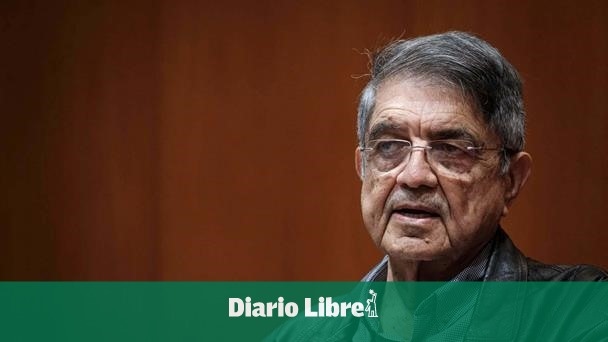Is Pope Leo XIV coming to Mexico?
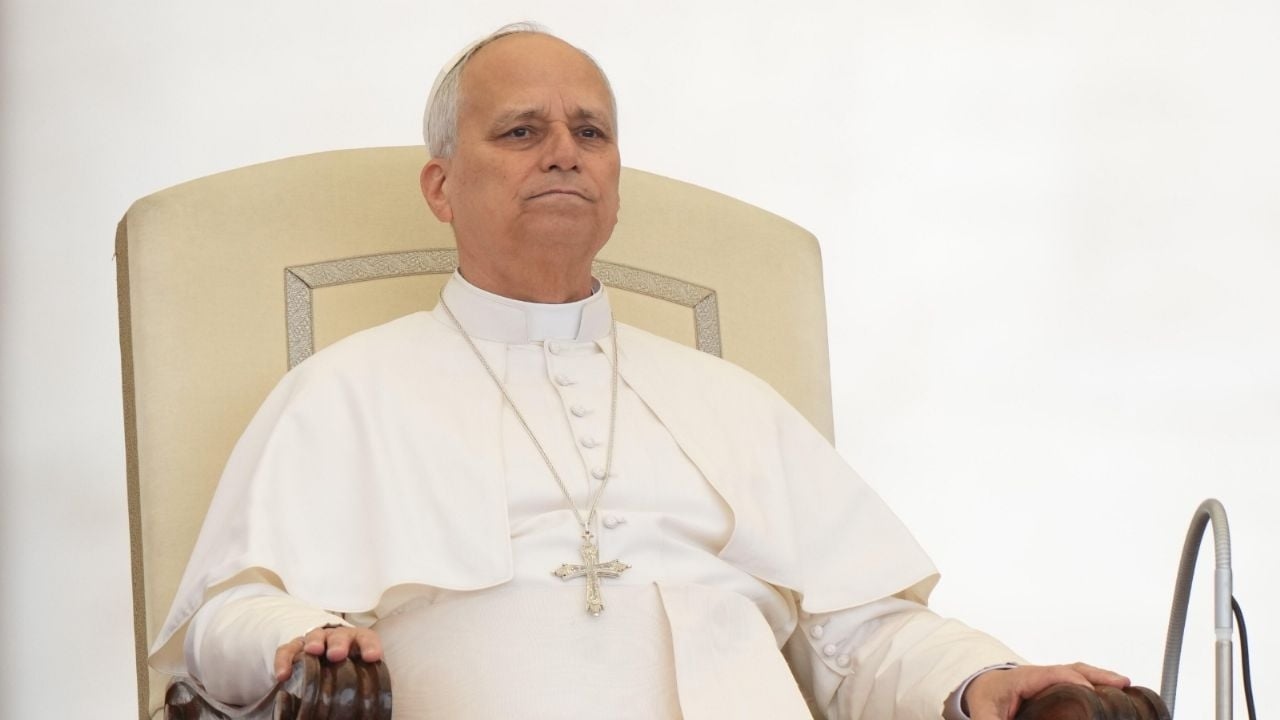
Claudia Sheinbaum's administration is "performing miracles" to ensure that Pope Leo XIV comes to Mexico next year as part of his Latin American tour of Argentina, Uruguay, and Peru.
The Vatican Curia is assessing the possibility that Catholic bishops and the local government agree on the invitation, but that's not a sufficient reason; Rome is in no hurry and first wants to ensure that the Church-State relationship in Mexico is growing in trust and respect, as it has grown out of disdain during the previous six-year term.
Interior Secretary Rosa Icela Rodríguez has taken the assignment as a personal crusade and has urged Alberto Barranco, Mexico's ambassador to the Holy See, to lobby the Vatican Secretary of State and the Dicastery of Foreign Affairs to make the Pope's visit to our country possible.
During Cardinal Prevost's inauguration as Supreme Pontiff, Secretary Rodríguez, on behalf of the 4T government, extended the official invitation for the new leader of the Catholic Church to visit Mexico as soon as his schedule permitted.
The new Vatican government, headed by the Augustinian Pope Leo XIV, is taking things slowly, particularly the Catholic leader's foreign trips. Despite Robert Prevost's declaration that his pontificate will be missionary,
So far, it is known that the Pope will travel to Turkey from November 27 to 30 and then to Lebanon from November 30 to December 2. In Turkey, he will commemorate the 1,700th anniversary of the Council of Nicaea.
In Vatican circles, it is rumored that the Catholic leader will travel to Spain and Portugal in 2027, particularly to Santiago de Compostela. Before that, next year, Pope Leo will be in South America, visiting countries that the Jesuit Francis did not visit. There is talk of Argentina, Uruguay, and Peru, the American's adopted country because he was bishop of Chiclayo.
In his short time leading the Catholic Church, Vatican experts believe Leo must put his house in order regarding the particular way Francis governed the institution for 12 years (March 2013 until his death in April 2025).

They write down internally:
- Increase the unity of the hierarchy and overcome ecclesial polarization based on doctrinal, liturgical, and power groups.
- Regaining credibility in the face of sexual abuse by the hierarchy.
- Incorporate Catholic laypeople (1.4 billion) into the work of evangelization, but without occupying the functions of priests.
- Resolve the financial situation of the Holy See and reform the Vatican Curia.
Externally:
- Promoting Peace: Working for peace in a world marked by conflict and political polarization.
- Connecting with young people: Using social media and other modern platforms to connect with younger generations.
- Reach out to new regions where Catholicism is on the rise, such as Africa and Asia; maintain and deepen the interreligious dialogue initiated by Francis.
Those who know Pope Leo believe he won't be more of the same as Francis. In doctrinal terms, he will be more like Benedict, without being the theologian that the German was. He is a canonist (lawyer), an expert in pastoral theology, and thoroughly familiar with how the Curia works.
The papal messages on his international tours will be marked by this doctrinal and governmental balance: a step back from Francis's social stance and very close to Vatican orthodoxy.
Rome is in no hurryFor the Vatican to turn its attention to Mexico, the efforts of the Mexican ambassador and the authorities in charge of relations with the Holy See are not enough.
Regarding León's visit to Mexico, the Vatican government maintains its policy of accepting the invitation, provided the interests of the government and the country's bishops coincide, which in this case are met. But in this case, the past does count, because the Secretariat of State and the Dicastery of Foreign Affairs will wait for clearer signals regarding the relationship between the Fourth Transformation and the Mexican Catholic hierarchy before "saying yes."
The current Mexican government suffers from a lack of trust in the Catholic hierarchy, a product of the distancing that Andrés Manuel López Obrador fostered throughout the previous six-year term. And in Rome, they believe that Claudia Sheinbaum's administration must be given time to come to its senses and demonstrate its commitment to the values promoted by the Church: respect for life, human rights, democracy, and the rule of law.
But the Vatican's assessment of Donald Trump's administration is the same: the Pope doesn't want to contribute to political and social polarization in countries.
Therefore, the most optimistic in Rome and Mexico believe that Pope Leo could visit Mexico after 2027.
A Mexican bishop, when asked about León's possible visit to Mexico, said: "We won't have another pope as close to our country as John Paul II; León has other priorities! Perhaps he'll come in three years or more."
proceso


